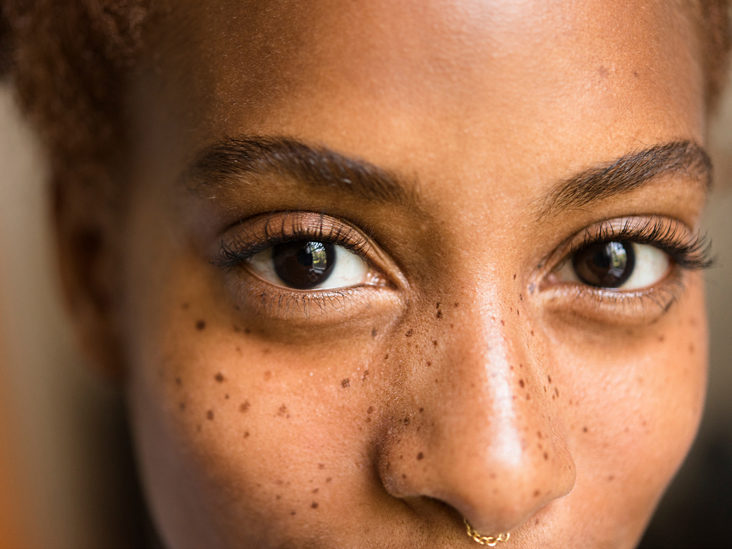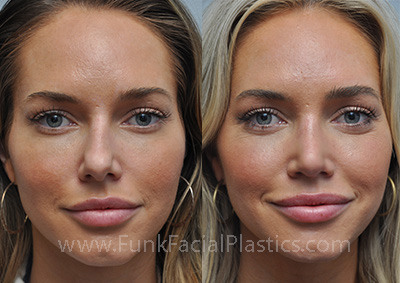
Two options for breast surgery are available: Breast reconstruction can be performed with implants or with your own tissue. The doctor can create new breast tissue using the woman's fat and lower abdominal wall segments. A woman can have a skin-sparing, nipple-sparing mastectomy. Both methods can cause scarring. Therefore, breast surgeries are not for everyone.
Breast reduction surgery
Most breast reduction surgeries are performed as outpatient procedures. Although there may be some swelling or discoloration following the procedure, it will usually disappear within a few days. After the procedure, stitches and bandages are removed. The patient is advised to refrain from strenuous activities for at least a month. Although a breast reduction may cause discomfort, the breasts will soon look normal again. The results of the operation will be visible six months to one-year after the procedure.
The surgeon will then make incisions in the skin near the natural creases in the breasts. These incisions can be used to remove excess skin or fat. Some women may also need to have their arches raised. The surgeon will close incisions using internal or external stitches. A night stay may be necessary for the surgical recovery. The patient will be released after being discharged from the hospital. It may take up to five hours for the entire operation to be completed.

Nipple-sparing mastectomy
A Nipple Sparing Mastectomy is an alternative to radiotherapy for breast carcinoma. This procedure preserves breasts that are naturally beautiful and minimizes radiation exposure. Even though not all women who are undergoing this surgery will do so, about 30% of those who are new to the procedure may not be required to undergo radiation treatment. This surgery is an option for women who have large or small breasts.
Although it is not common, the results of this surgery are very good. It preserves the entire envelope of breast skin, including the nipple and the darker circle of skin surrounding it. A breast reconstruction is usually performed right after a NSM. It is still not used widely for mastectomy but has become a popular alternative to other breast cancer treatments. Its benefits outweigh its disadvantages.
Mastectomy for skin saving
A skin-sparing breastectomy is a procedure that preserves all the skin on the breasts, except the nipple or areola. This allows surgeons to reconstruct the breast without scarring. To replace the volume lost, a surgeon will use either a flap (or an implant). Two types of skin-sparing mastectomy are available: a Latissimus or TRAM flap. Both uses the tissues and muscle of the body to reconstruct the breast.
The skin-sparing procedure for mastectomy offers many benefits, including the preservation or the native skin layer. The inframammary and native skin folds are preserved, which improves the cosmetic outcome of the breast reconstructed. It reduces the need for contralateral Symmetrizing Surgery. However, skin-sparing matectomies can pose a few risks.

Modified radical mastectomy
A modified radical mastectomy may be an option for you if you are concerned about the potential risks involved in undergoing a mastectomy. Modified radical mastectomy does not remove the entire breast. This type also preserves breast tissue. However, not all surgeons are trained to perform these procedures, and you should consult with your doctor before deciding which surgery to have.
Although most hospitals now use a traditional modified mastectomy, it is still not widely used. Modified radical mastectomy techniques are geared towards protecting the anterior nerve and the intercostobrachial. The goal is to preserve the nerves for their pure sensory functions. These techniques are very similar to the ones used in Patey's, Meyer's, Halsted and Meyer. Moore61 in 1867 described one such method.